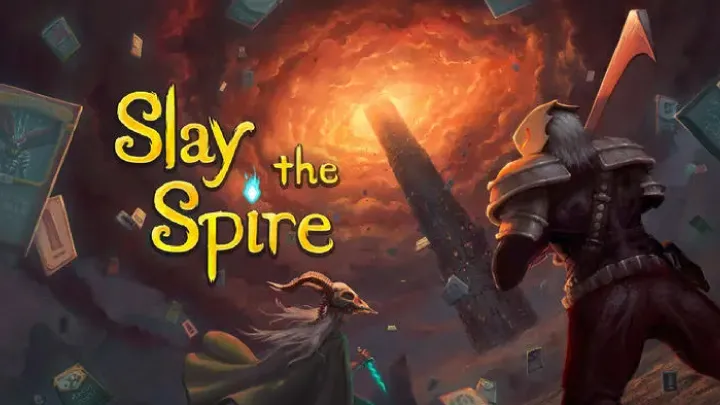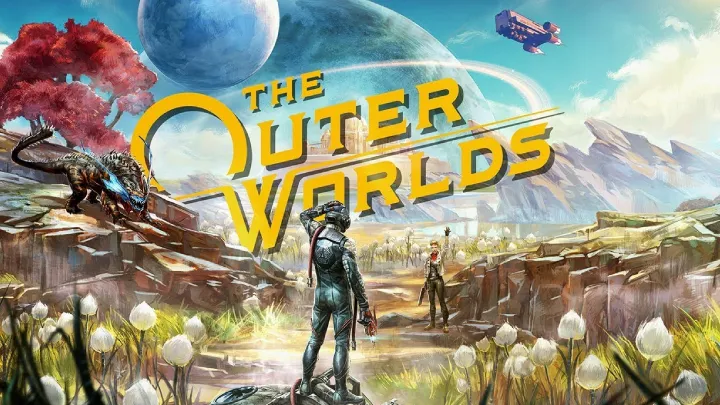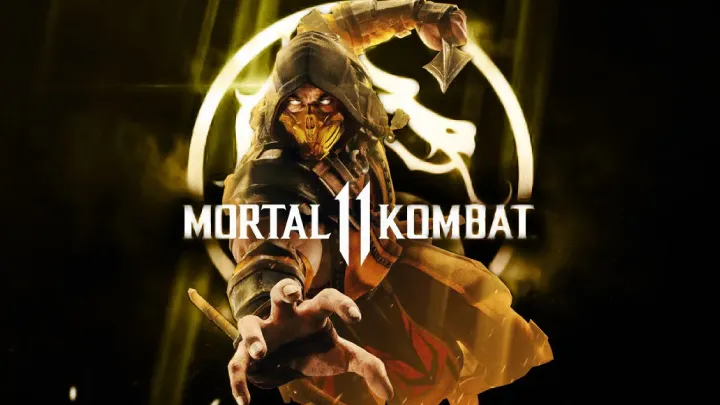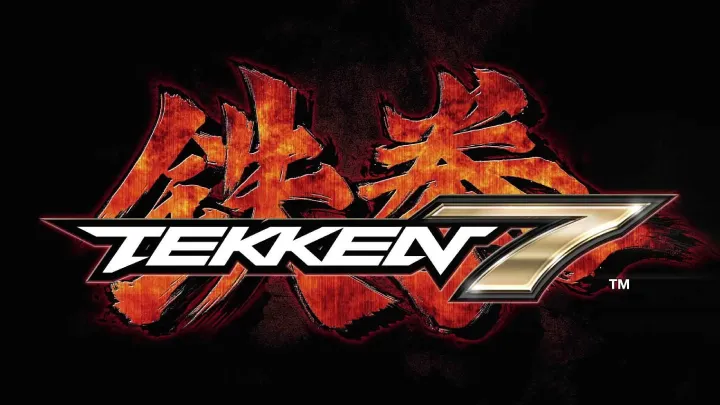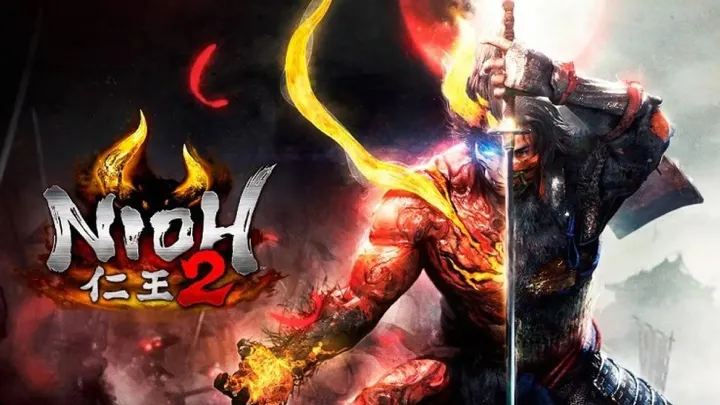Violent Rune is the single most controversial mechanic in the entire history of Summoners War. For 10 years, it has shaped PvP meta, warped balancing decisions, created emotional highs and lows, and sparked countless debates about fairness. While monster releases, raids, and new dungeons come and go, Violent has remained the core symbol of both the game’s thrill and its unpredictability. This article takes a deep, chronological dive into the evolution of Violent Rune from its early dominance to its late-game balancing struggles exploring how one unpredictable mechanic rewrote the identity of Summoners War.
1. The Birth of Violent: When Randomness Became a Weapon
When Summoners War first launched, runes were simple: Fatal for damage, Swift for speed, Energy for tankiness. Then Violent arrived, offering something no other set dared to: additional turns. The idea sounded small, but in a turn-based system, extra turns were equivalent to rewriting the rules.
At launch, Violent turned slow monsters into unpredictable threats and made fast monsters unstoppable engines. The early player base quickly realized that Violent wasn’t just strong it was meta-defining.
Why Extra Turns Changed Everything
Extra turns introduced fundamental shifts:
- Breaking turn order
- Creating comeback potential
- Invalidating speed-based control strategies

2. Early Meta Dominance: The Age of Perma-Violent
In the first two years, Violent was almost mandatory for most monsters. Healers, tanks, supports, and even nukers benefited. Because content was slower and control-focused, extra turns allowed players to snowball advantages.
The player community quickly adapted by prioritizing Violent farming in Cairos, making GB10 and DB10 the central goals for all progression paths. The rune’s popularity grew into obsession.
Who Benefited Most?
Early-game kings included:
- Chasun
- Bella
- Theomars
- Verdehile
The Problem
Early Violent uptime felt excessive, sometimes chaining 3–4 turns, creating frustration and inconsistency.
3. The Rise of RTA: Violent Breaks Competitive Play
When Real-Time Arena (RTA) launched, Violent became a balancing nightmare. The competitive environment highlighted the extreme impact of RNG. Matches could swing dramatically because one monster received multiple additional turns.
Players reported countless moments where defensive plays collapsed due to an unexpected Violent proc. Streamers amplified the frustration, and debates spread rapidly.
The “Proc War” Era
Winning often depended less on strategy and more on lucky multi-procs, creating the infamous “who procs first wins” pattern.
4. First Balancing Attempts: When Com2uS Tried to Calm the Storm
Com2uS eventually attempted to adjust Violent. They didn’t nerf the rune directly but changed turn mechanics so Violent could not activate on an extra turn. This was meant to break infinite chaining.
While the adjustment helped, the rune remained strong. Violent still allowed game-changing tempo swings and remained the most desirable set in competitive formats.
Why the Nerf Was Not Enough
- The proc rate was still high enough to swing games
- Supports benefitted dramatically
- The rune made it difficult to balance monster kits
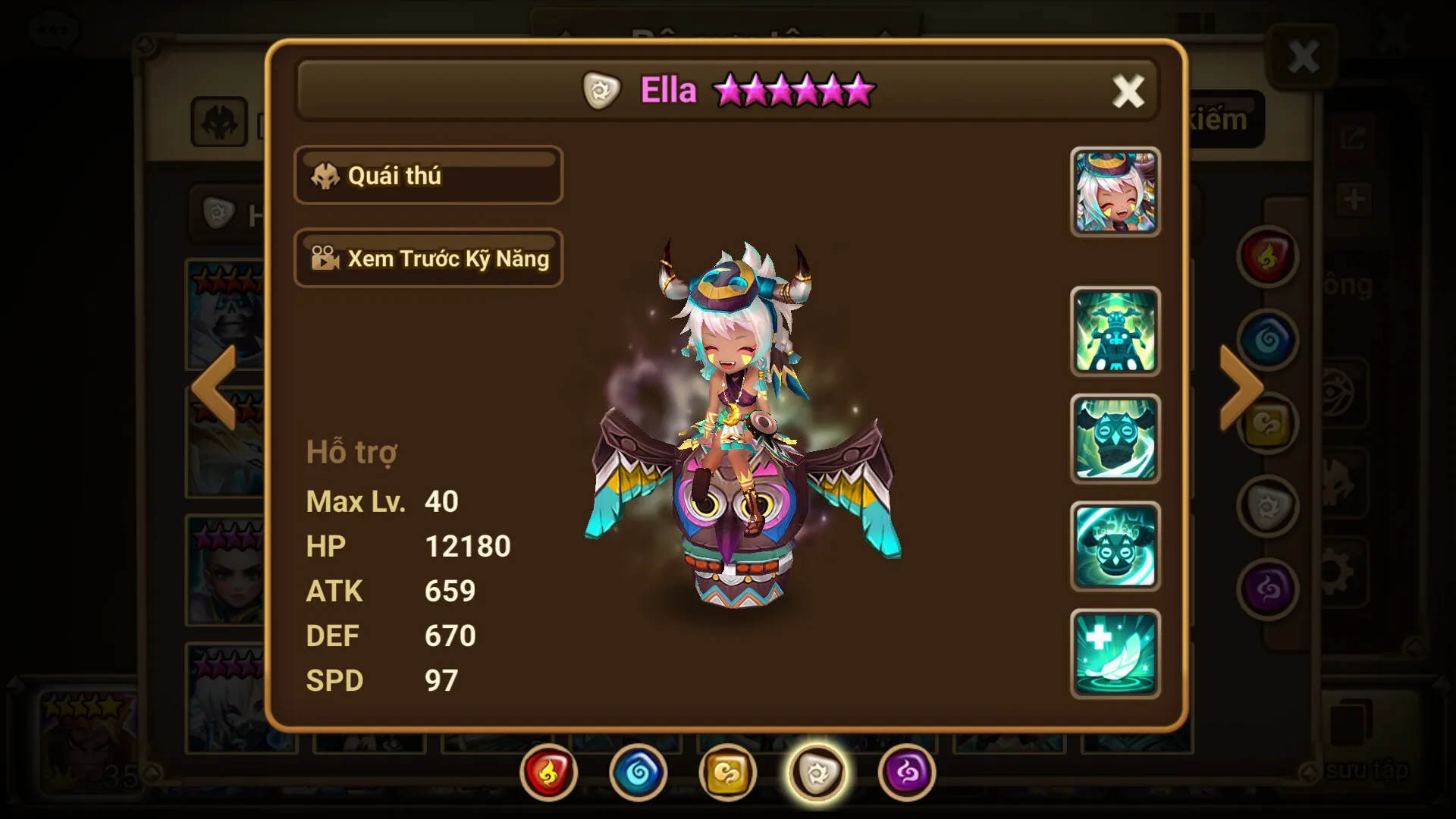
5. The Speed Meta Arrives: Violent Loses Ground but Not Influence
As the game matured, Swift and Speed-tuned teams began dominating Arena and RTA. Speed leads, SPD-scaling nukers, and high-efficiency runing meant Violent alone wasn’t always enough.
But Violent remained relevant because it controlled mid-game pacing, allowing slower or bruiser teams to remain competitive against speed cleaves.
Violent in the Bruiser Meta
Bruiser teams thrived on consistency, sustain, and long fights—exactly where Violent shines.
6. Monster Design Evolves: Kits Start Reflecting Violent Dependency
Game designers began to release monsters that synergized excessively well with Violent. Multi-hitters, self-buffers, healers, and strip + control units thrived with multiple turns.
Examples:
- Hathor
- Ganymede
- Okeanos
- Ragdoll
- Artemiel
- Mo Long
These monsters became meta not only because of their kits but because Violent amplified them disproportionately.
The Core Problem
Certain skills were balancing nightmares because Violent amplified effects beyond intended design.
7. Anti-Violent Mechanics: The Countermeasures Begin
To address mounting player frustration, Com2uS introduced monsters and mechanics specifically designed to counter Violent.
Examples of anti-violent design:
- Passive turn denial
- Anti-proc zones in special game modes
- Speed and control units that reduced the chance of snowballing
Monsters such as Daphnis reworks, Savannah, and Barbara introduced patterns that punished excessive turns.
A Meta Tug-of-War
This began the era of counterplay design, turning Violent into a tactical choice rather than an automatic one.
8. The New RTA Era: Efficiency and Artifact Power Redefine Violent
When artifacts were added, Violent regained strength. Artifacts allowed players to stabilize inconsistent procs by enhancing survivability, damage output, and specific mechanics per hit.
This shifted the meta again: Violent bruisers became far more reliable, creating an RTA state where both Swift and Violent coexisted on equal footing.
Why Artifacts Boosted Violent
- More tankiness = more chances to proc
- More hits = more artifact value
- Longer fights = more impact from extra turns

9. Modern-Day Summoners War: Violent as a Balanced Chaos
Today, Violent is neither overpowered nor weak it’s a finely tuned high-risk, high-reward mechanic. The proc rate feels controlled, chaining is limited, but the excitement remains.
Violent now fits specific archetypes rather than being universally required:
- Bruisers
- Sustain comps
- Multi-turn utility units
- Action-denial counter setups
Violent’s Identity Today
The rune set has become a symbol of tension and unpredictability: a mechanic that rewards resilience and punishes sloppy decision-making.
10. Legacy of Violent: The Most Influential Rune Set in the Game
After a decade, no other rune set has shaped Summoners War as deeply as Violent. It redefined monster design, PvP strategy, player psychology, and competitive balancing. Even casual players remember moments when a surprise Violent proc saved a run or destroyed it.
Violent's legacy is complexity: a perfect example of how risk, reward, chaos, and strategy can coexist in a turn-based system. It is the “heartbeat” of Summoners War unpredictable but unforgettable.
Why Violent Endures
- It creates emotional storytelling
- It defines the game’s core unpredictability
- It supports deep strategic layers
- It keeps every match alive until the last second
Violent Rune represents everything that makes Summoners War unique: randomness, strategy, excitement, and constant evolution. From its overpowering early years to the modern, more balanced meta, Violent has shaped the game more than any monster, dungeon, or system update ever could. It is the mechanic that defines victory, defeat, frustration, and triumph. No matter how many changes come, Violent remains the symbol of Summoners War’s identity a chaotic force that turned a simple rune set into a decade-long legacy.










